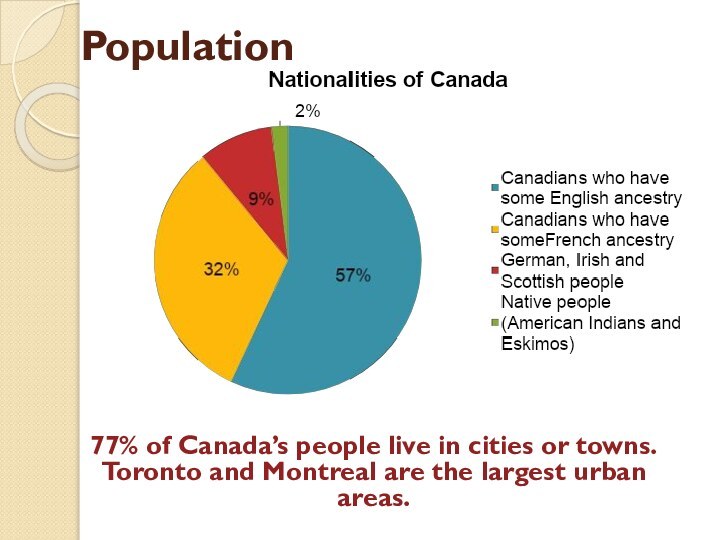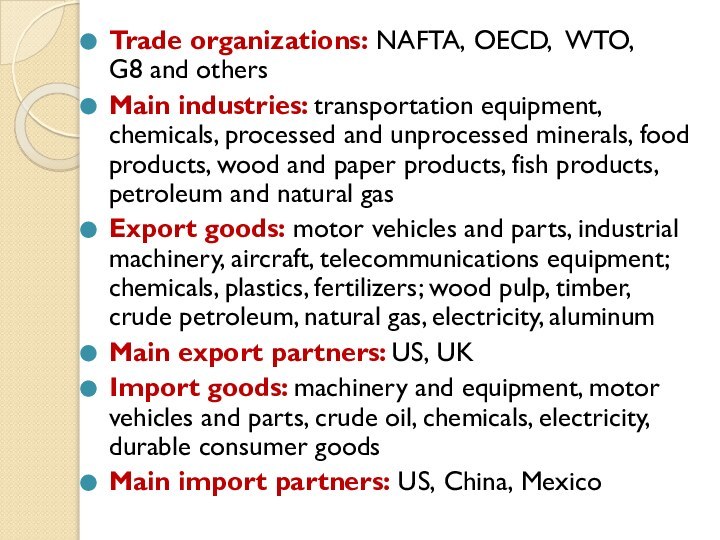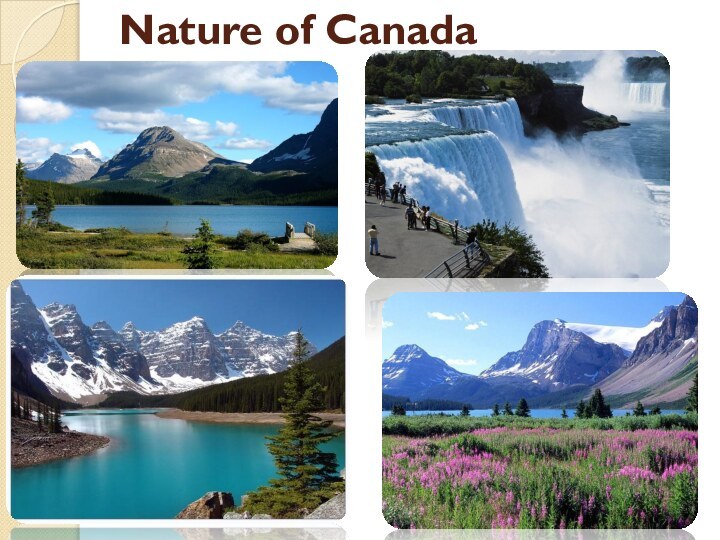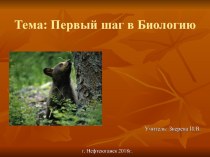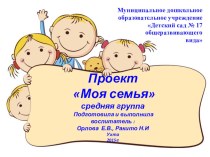Слайд 2
General information
Capital: Ottawa
Largest cities: Toronto, Vancouver, Calgary, Montreal
Official
language(s): English and French
Government: Federal parliamentary democracy and constitutional monarchy
Area: total - 9,984,670 km2 (2nd)
water - 8.92(%)
Population: 34,921,000
Density: 3.41/km2
Currency: Canadian dollar
Слайд 3
National emblems
Flag of Canada
Arms of Canada
Anthem of
Canada:
«O Canada»
Слайд 4
The National Flag of Canada, also known as
the Maple Leaf, and l'Unifolié, is a red flag
with a white square in its centre, featuring a stylized 11-pointed red maple leaf. Its adoption in 1965 marked the first time a national flag had been officially adopted in Canada to replace the Union Flag.
There is crown, lion, unicorn, flags of Great Britain and Quebec at the arms. It says about close connection among Canada and UK.
Maple leaf is used as a nation symbols of Canada since XVIII century. It is represented on the modern flag and arms of Canada. Flag of Canada is sometimes called as «Maple Leaf Flag».
Слайд 5
Capital of Canada
Ottawa is the capital of Canada.
Ottawa is the fourth on size the country city
taking the 6th place on a standard of living in the world. Ottawa is located on the river banks Ottawa and on Rido's channel.
The city is founded in the 1820th years. Till 1855 it was called as Baytaun. Population of the city is about 875 thousand inhabitants.
The municipal government carries out municipal council led by the mayor.
Climate is the moderate continental. Average temperature of January is −11 °C and of July is 20,3 °C.
Ottawa is characterized by the water and greens abundance, the chess system of the streets is connected with developed system of park roads.
Слайд 6
Government
Canada is a constitutional monarchy. It is a
member of the Common wealth of Nations and Queen
Elizabeth II is its official head of state. Although the Queen holds this high position, she doesn’t rule. She serves as a symbol of British tradition. Her representative in Canada is the Governor General, whom she appoints on the advice of the Canadian Prime Minister. The Governor’s duties are limited to symbolic, mostly ceremonial acts.
The real power belongs to the Prime Minister and his Cabinet. The Canadian Parliament consists of two chambers: the House of Commons and the Senate.
Слайд 7
Geography
Canada is the largest country In the world.
It covers the northern part of North America and
its total area is 9,984,670 km2. Canada’s only neighbour is the USA. The border between the two countries is the longest unguarded border in the world.
Canada’s motto, «From Sea to Sea», is particularly appropriate because the country is bounded by three oceans – the Pacific, the Arctic and the Atlantic. Its vast area includes some of the world’s largest lakes and countless smaller ones. One-third of all fresh water on Earth is in Canada.
Слайд 8
Canada is slightly larger than the United States,
but has only about a tenth as many people.
About 35 million people live in Canada. About 80% of the population live within 320 km of the southern border. Much of the rest of Canada is uninhabited or thinly populated because of severe natural conditions
Слайд 9
History of the country
The land that is now
Canada has been inhabited for millennia by various Aboriginal peoples.
Beginning in the late 15th century, British and French colonial expeditions explored, and later settled, the region's Atlantic coast. France ceded nearly all of its colonies in North America to Britain in 1763 after the Seven Years' War. In 1867, with the union of three British North American colonies through Confederation, Canada was formed as a federal dominion of four provinces. This began an accretion of provinces and territories and a process of increasing autonomy, culminating in the Canada Act 1982.
Canada Parliament
Слайд 10
Administrative division
At present Canada is divided into 10
provinces and 3 territories. The newest administrative unit of
Canada is the territory Nunavut (it is created in 1999). The province and the territory differ on degree of their autonomy. To provinces of power are actually transferred by the Constitutional act.
Слайд 11
Population
77% of Canada’s people live in cities or
towns. Toronto and Montreal are the largest urban areas.
Слайд 13
Religion
Canadians profess a large number of religions. On
the last census of 77,1 % of Canadians consider
itself as Christians, their most part is made by Catholics (43,6 % of Canadians). The most important Protestant church — the Incorporated church of Canada (Calvinists); about 17 % of Canadians don't connect themselves with any religion, and other population (6,3 %) practises distinct from religion Christianity (more often Islam).
Слайд 14
Economy of Canada
Canada has one of the highest

levels of economic freedom in the world. Canada is the world's eleventh-largest
economy. It is a member of the Organization for Economic Co-operation and Development (OECD) and the G8, and is one of the world's top ten trading nations, with a highly globalized economy. Canada is a mixed economy. Canada is one of the few developed nations that are net exporters of energy. Atlantic Canada possesses vast offshore deposits of natural gas. Canada is additionally one of the world's largest suppliers of agricultural products; the Canadian Prairies are one of the most important global producers of wheat, canola, and other grains. Canada is a major producer of zinc and uranium, and is a leading exporter of many other minerals, such as gold, nickel, aluminum and lead. Many towns in northern Canada, where agriculture is difficult, are sustainable because of nearby mines or sources of timber. Canada also has a sizable manufacturing sector centered in southern Ontario and Quebec, with automobiles and aeronautics representing particularly important industries.
The Toronto-Dominion Centre in Toronto
Слайд 15
Trade organizations: NAFTA, OECD, WTO, G8 and others
Main industries: transportation
equipment, chemicals, processed and unprocessed minerals, food products, wood
and paper products, fish products, petroleum and natural gas
Export goods: motor vehicles and parts, industrial machinery, aircraft, telecommunications equipment; chemicals, plastics, fertilizers; wood pulp, timber, crude petroleum, natural gas, electricity, aluminum
Main export partners: US, UK
Import goods: machinery and equipment, motor vehicles and parts, crude oil, chemicals, electricity, durable consumer goods
Main import partners: US, China, Mexico
Слайд 16
Nodding donkey pumping an oil well near Sarnia, Ontario
An inland
grain terminal in Alberta
Financial District of Toronto
Слайд 17
Canadian culture
Canadian culture is a term that explains the
artistic, musical, literary, culinary, political and social elements that
are representative of Canada and Canadians, nonly to its own population, but people of all over the world. Canada's culture has historically been influenced by European culture and traditions, especially British and French. Over time, elements of the cultures of Canada's Aboriginal peoples and immigrant populations have become incorporated into mainstream Canadian culture. It has subsequently been influenced by American culture because of its proximity and migration between the two countries. Canada is often characterized as being «very progressive, diverse, and multicultural».
The maple leaf is the symbol most associated with Canadian identity.
Слайд 18
The National Arts Centre was designated a National Historic Site of
Canada in 2006
One of the national symbols of Canada, the
beaver is depicted on the Canadian five-cent piece and was on the first Canadian postage stamp
CBC's English-language master control point, the Canadian Broadcasting Centre, in Toronto
A scene at the 2010 Winter Olympics in Vancouver seconds after Team Canada won gold in men's ice hockey










